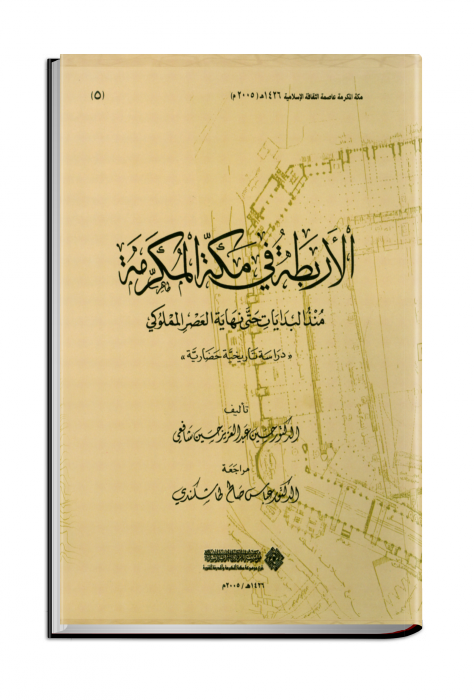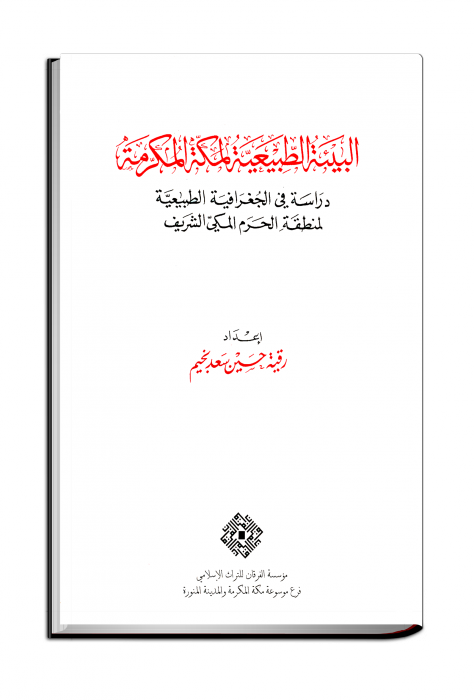This book is considered a verified historical account of the ribāṭ of Makkah before and during the Ayūbī times, and in the Mamluks period. Using a chronological order the author looks at the reasons underpinning the establishment of ribāṭ and their relationship with awqāf (trusts) in view of the fact that Islām calls for social solidarity and protection of the needs and rights of the impoverished. The book also considers the external factors that had an influence on the ribāṭ in addition to the roles they played, be they educational or social. The book also includes studies on the political, economic and social landscape that played a part in the shaping of the ribāt.
 Shared Knowledge
Shared KnowledgeFoundation work in this area



 Al-Bīʿah al-ṭabīʿīyah li-Makkah al-Mukarramah: dirāsah fī al-jughrāfiyah al-ṭabīʿīyah li-minṭaqat al-Ḥaram al-Makkī al-sharīf (The Natural Environment of the Holy Makkah)
Al-Bīʿah al-ṭabīʿīyah li-Makkah al-Mukarramah: dirāsah fī al-jughrāfiyah al-ṭabīʿīyah li-minṭaqat al-Ḥaram al-Makkī al-sharīf (The Natural Environment of the Holy Makkah) Aʿlām Ḥudūd al-Madīnah al-Munawwarah
Aʿlām Ḥudūd al-Madīnah al-Munawwarah